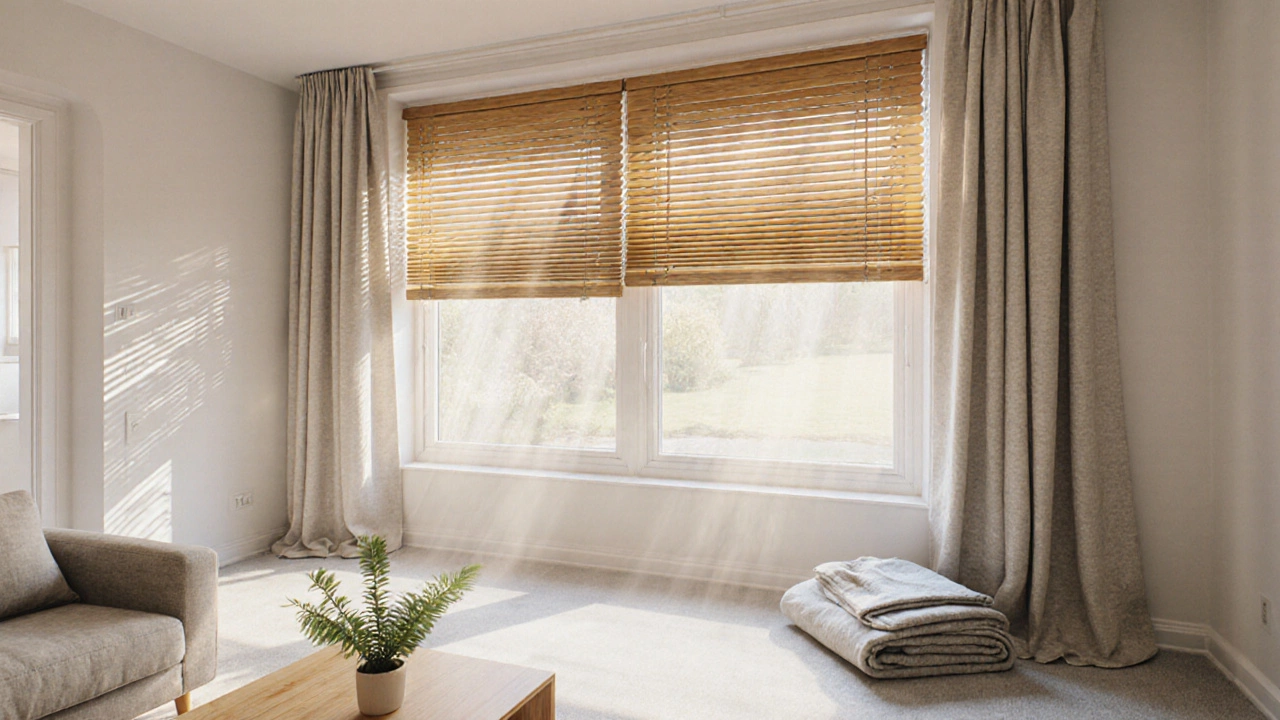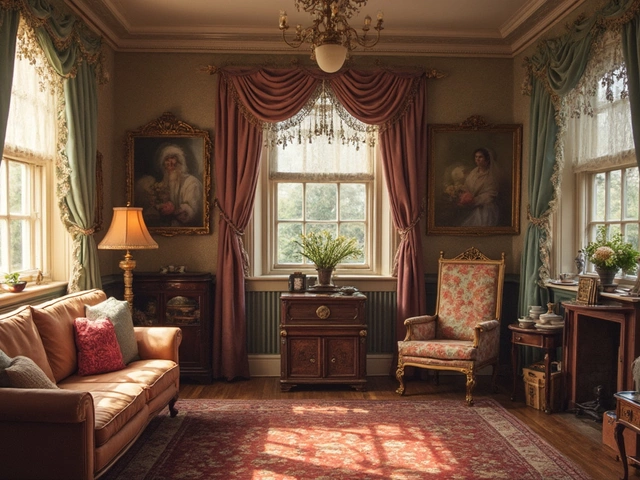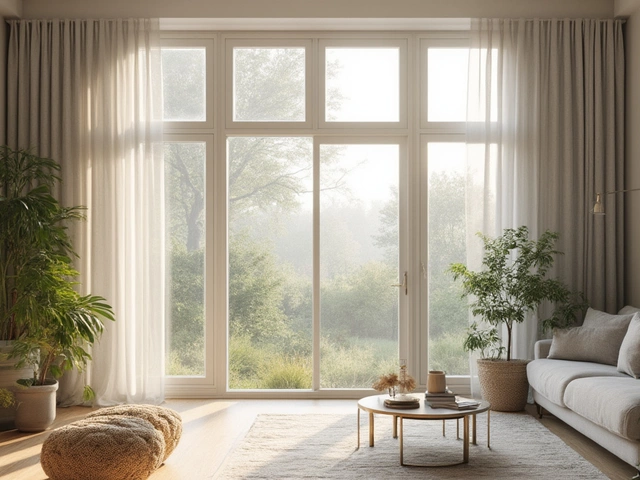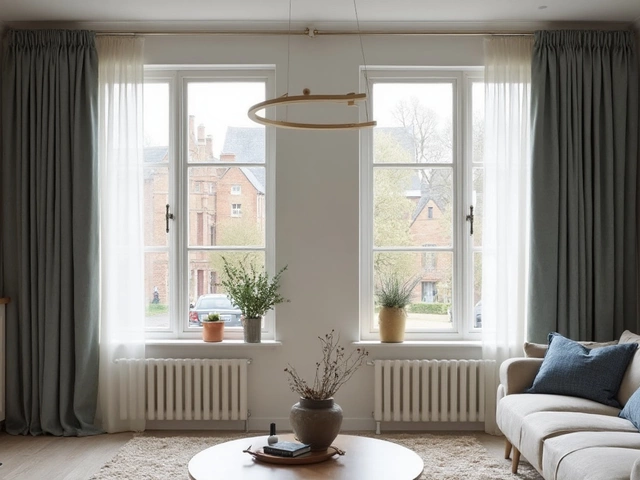Curtain Decision Tool
Find the Best Window Solution for Your Space
Answer a few questions to determine if curtains are the right choice for your room. Based on your responses, we'll provide personalized recommendations that align with the article's insights.
Quick Takeaways
- Too much natural light? Choose blinds or shades instead of curtains.
- Fire‑safety codes may ban fabric panels in certain rooms.
- In hot climates, heavy curtains can raise cooling costs.
- Allergy sufferers benefit from low‑dust window solutions.
- Modern design often favors sleek glass with minimal coverings.
When you hear the word "curtains," you probably picture a soft fabric draped across a window. Curtains are a type of window covering made from textile material, used to control light, privacy, and aesthetics. They work great in many settings, but there are situations where they actually hinder comfort, safety, or style. Below we walk through the most common scenarios where opting out of curtains makes sense, and we suggest alternatives that keep your space functional and beautiful.
1. When You Need Maximum Natural Light
Sunlight boosts mood, saves on electricity, and showcases interior details. Thick or dark curtains cut that benefit short. If your room faces a sunny direction (north‑west in Auckland gets a generous afternoon shine), consider these options:
- Blinds horizontal or vertical slats that tilt to let in or block light - you can tilt them for a soft glow without a full blackout.
- Shades fabric or woven panels that roll up, offering a clean line when fully opened - ideal for a minimalist look.
Both alternatives keep the window frame visible, preserving the room’s sense of space.
2. When Fire Safety Is a Priority
Some building codes prohibit fabric coverings in high‑risk areas such as kitchens, laundry rooms, or near heat‑producing appliances. Flame‑retardant fabrics exist, but they’re pricier and may still fail strict inspections. In these rooms, a non‑fabric solution is safer:
- Shutters solid panels, often wood or composite, that fit directly onto the window frame - they act like a built‑in fire barrier.
- Window film a thin, heat‑resistant layer applied to glass, reducing UV and providing a safety layer - no fabric, no flame risk.
3. When Energy Efficiency Is a Concern
Ironically, heavy curtains can make a room hotter in summer and colder in winter. Fabric traps air, which can act as insulation, but in a hot climate it also traps heat that your air‑conditioning must remove. The result: higher energy bills.
For Auckland’s temperate climate, where summer peaks around 25 °C, the following works better:
- Install low‑emissivity (Solar gain the increase in temperature due to sunlight entering a space) window film to reflect a portion of the sun’s heat.
- Use light‑colored Shades that allow diffused light while limiting heat transfer instead of dark drapes.
- Employ reflective blinds that can be angled to redirect sunlight upward.
These choices keep Thermal insulation the resistance of a material to heat flow balanced without the downside of trapped heat.
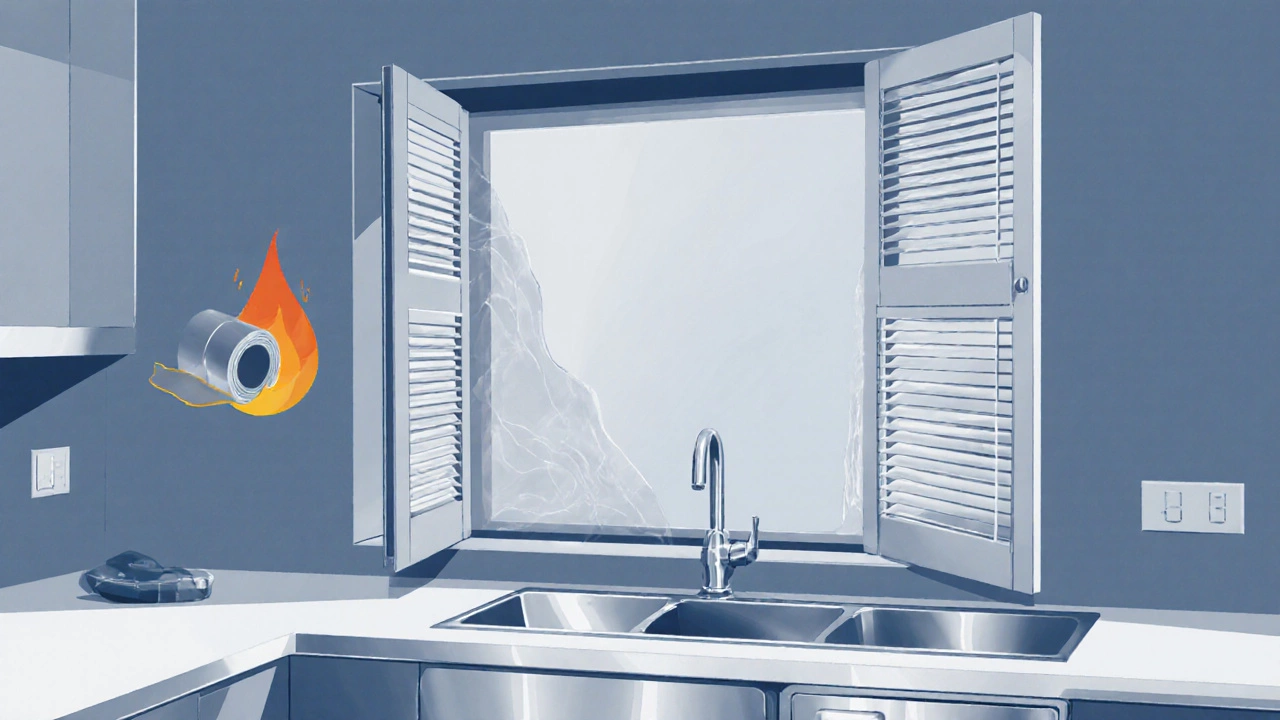
4. When Privacy Needs Exceed Fabric Capability
Large floor‑to‑ceiling windows look stunning, but they also expose the interior to the street. Thin curtains may look pretty but fail to block prying eyes. In high‑traffic streets or ground‑level apartments, you need a solution with higher Light reflectance the proportion of light that bounces off a surface rather than passing through and true opacity.
- Opaque blinds with a dovetail lock provide a visual barrier.
- Frosted or patterned window film offers privacy while still letting light filter through.
- External shutters add a second layer of privacy, great for front rooms.
5. When Allergies or Dust Accumulation Are Problems
Fabric surfaces collect dust, pollen, pet dander, and even mold in humid environments. For allergy sufferers, swapping soft drapes for easy‑clean alternatives can be a game‑changer.
- Aluminum or vinyl blinds wipe down with a damp cloth.
- Motorised shades have sealed edges that keep out airborne particles.
- Anti‑static window film reduces dust adherence.
Choose “Allergy‑friendly fabrics materials treated to resist dust and mold growth” only if you must retain some textile presence, and wash them monthly.
6. When Modern Architecture Calls for a Bare‑Glass Look
Contemporary homes often showcase uninterrupted glass walls. Adding curtains can break that visual flow. Designers instead use built‑in solutions that blend with the frame:
- Recessed roller shades that sit inside the window cavity.
- Integrated smart blinds that disappear into the wall when not in use.
- Glossy window film that adds privacy at night without any hardware.
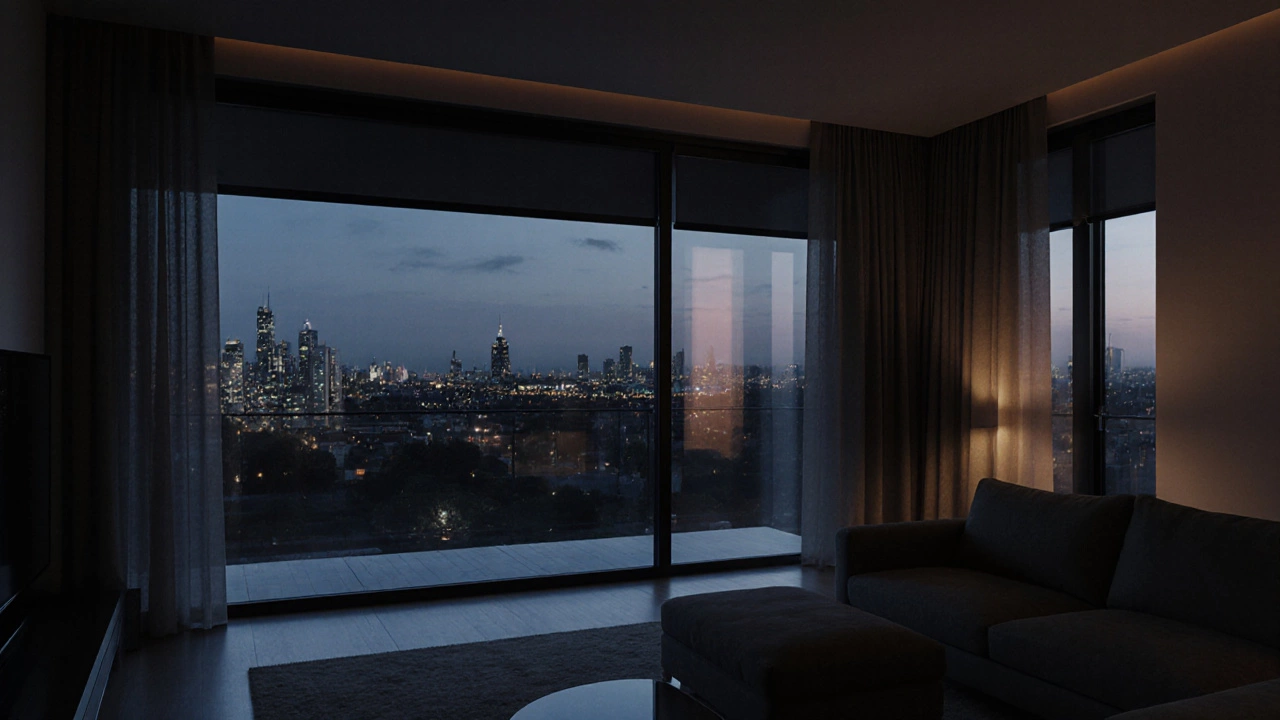
7. When Maintenance Becomes Too Much Effort
Heavy drapes require regular vacuuming, occasional dry‑cleaning, and careful handling to avoid snagging. If you’re busy or live in a rental where modifications are limited, low‑maintenance options save both time and money.
- Vinyl blinds are dishwasher‑friendly (just wipe them).
- Static‑free roller shades lift with a single pull and need only an occasional wipe.
- Window film is a set‑and‑forget solution lasting up to 10 years.
8. When You Want to Combine Function and Style
Sometimes you still want a soft look but without the drawbacks. The answer lies in hybrid systems:
- Layer a sheer fabric shade (provides privacy) over a blackout roller (blocks light at night).
- Attach a decorative valance that covers hardware while keeping the main window clear.
- Use magnetic curtain panels that snap on for occasional ambience and can be removed for cleaning.
These setups give you the aesthetic of curtains without the full set of disadvantages.
Checklist: Decide If Curtains Are Right for You
- Do you need maximum daylight? → Skip heavy curtains.
- Does local fire code restrict fabrics? → Choose shutters or film.
- Is your home in a hot climate with high cooling costs? → Opt for reflective blinds or shades.
- Are you sensitive to dust or allergens? → Go for non‑fabric solutions.
- Is a modern, glass‑heavy design part of your home style? → Use integrated rollers or film.
- Do you have limited time for maintenance? → Pick low‑maintenance blinds or film.
Can I use curtains in a bathroom?
It’s usually better to avoid fabric curtains in wet areas. Moisture encourages mold growth. Instead, install waterproof blinds or a frosted window film that tolerates humidity.
Do blackout curtains affect room temperature?
Yes. In summer they can trap heat, making rooms warmer; in winter they add a layer of insulation, which can be helpful. Choose the season‑appropriate option.
Are there eco‑friendly alternatives to traditional curtains?
Bamboo blinds, recycled‑plastic shades, and plant‑based fabrics treated for fire safety are all greener options that still control light and privacy.
How do I decide between blinds and shades?
Blinds give precise light control via slat tilt; shades provide a softer, more uniform look when fully lowered. Pick based on the level of adjustability you need and the style of the room.
Can window film replace curtains entirely?
Film offers privacy and UV protection, but it doesn’t block views completely. If you need full visual privacy, combine film with blinds or shades.
